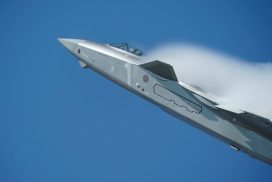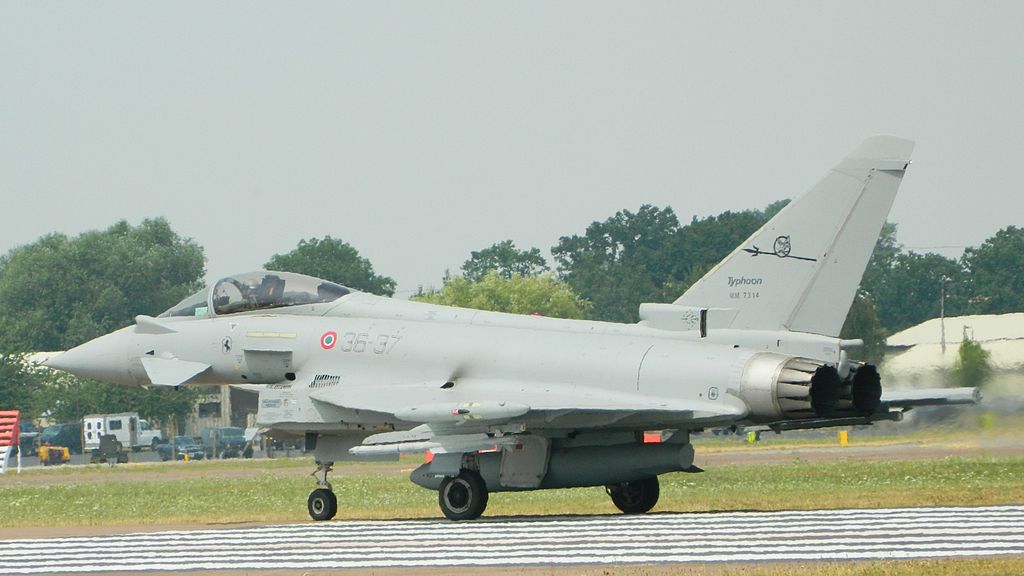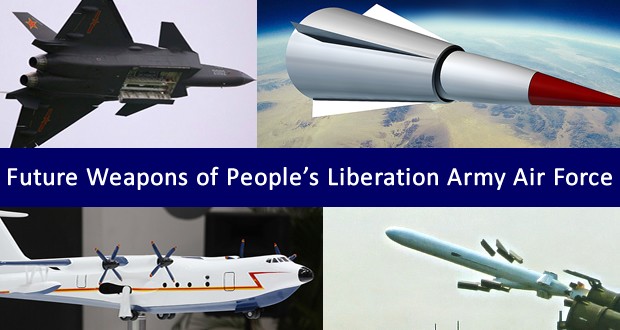pembed src=”http://www.youtube.com/v/CwVaYuIPJHY” width=”425″ height=”350″ type=”application/x-shockwave-flash” wmode=”transparent”/embed/ppThrust vectoring is the ability of an aircraft or other vehicle to direct the thrust from its main engine(s) in a direction other than parallel to the vehicle’s longitudinal axis. The technique was originally envisaged to provide upward vertical thrust as a means to give aircraft vertical (VTOL) or short (STOL) takeoff and landing ability. Subsequently, it was realized that using vectored thrust in combat situations enabled aircraft to perform various maneuvers not available to conventional-engined planes. To perform turns, aircraft that use no thrust vectoring must rely on only ailerons or flaps; craft with vectoring still must use ailerons, but to a lesser extent./ppstrongPrinciples:/strong/ppMost currently operational vectored thrust aircraft use turbofans with rotating nozzles or vanes to deflect the exhaust stream. This method can successfully deflect thrust through as much as 90 degrees, relative to the aircraft centerline. However, the engine must be sized for vertical lift, rather than normal flight, which results in a weight penalty. Afterburning (or Plenum Chamber Burning, PCB, in the bypass stream) is difficult to incorporate and is impractical for take-off and landing, because the very hot exhaust can damage runway surfaces. Without afterburning it is hard to reach supersonic flight speeds. A PCB engine, the Bristol Siddeley BS100, was cancelled in 1965./ppTiltrotor aircraft vector thrust via rotating turboprop engine nacelles. The mechanical complexities of this design are quite troublesome, including twisting flexible internal components and driveshaft power transfer between engines./ppMost current tiltrotor designs feature 2 rotors in a side-by-side configuration. If such a craft is flown in a way where it enters a vortex ring state, one of the rotors will always enter slightly before the other, causing the aircraft to perform a drastic and unplanned roll./ppThrust vectoring is also used as a control mechanism for airships, particularly modern non-rigid airships. In this use, most of the load is usually supported by buoyancy and vectored thrust is used to control the motion of the aircraft. But, designs have recently been proposed, especially for Project WALRUS, where a significant portion of the weight of the craft is supported by vectored thrust. The first airship that used a control system based on pressurized air was the Forlanini’s Omnia Dir in 1930s/ppNow being researched, fluidic injection nozzles divert thrust via fluid effects. Tests show that air forced into a jet engine exhaust stream can deflect thrust up to 15 degrees. Such nozzles are desirable for their lower: mass and cost (up to 50% less), inertia (for faster, stronger control response), complexity (mechanically simpler, no moving parts or surfaces), and radar cross section for Stealth. This will likely be used in many unmanned aircraft, and 6th generation fighter aircraft./p
Menu
Copyright © 2007- 2025 • Defence Aviation • All Rights Reserved. Reproduction without explicit permission is prohibited.



